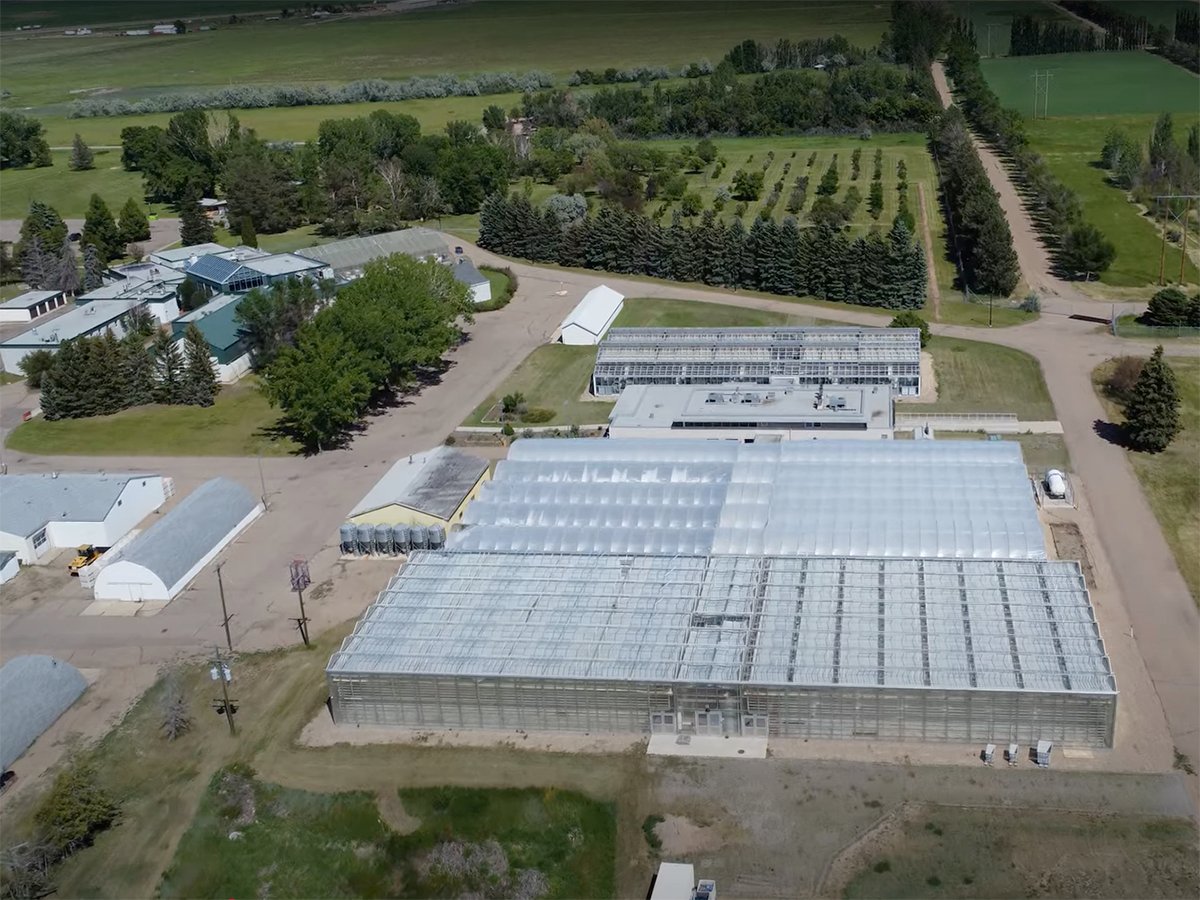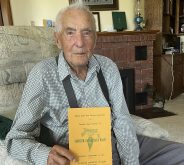To some people, cloning sounds like a far-fetched idea that belongs in
a science fiction novel rather than the farmyard.
But recent refinements to a procedure known as nuclear transfer have
taken much of the guesswork out of cloning. The success rate of cloning
techniques continues to improve and companies that offer cloning
services can produce genetic replicas of an animal that had superior
genetic characteristics – even after the animal has died.
There are different ways to produce a cloned animal but most involve
Read Also

Alberta crop diversification centres receive funding
$5.2 million of provincial funding pumped into crop diversity research centres
one of two procedures:
o In embryo splitting, a fertilized embryo is split in half when it
reaches the four- to eight-cell stage. The split embryos can be divided
again when they reach the four- to eight-cell stage, allowing
scientists to produce as many as eight identical embryos or clones.
o In nuclear transfer, genetic information is transplanted into an
unfertilized egg cell. The nucleus of the unfertilized egg is removed
and replaced with the nucleus from a donor cell. The nucleus and the
egg cell are fused together with an electrical pulse and the resulting
embryo is planted in a surrogate.
This method is considered more reliable than embryo splitting because
splitting often fails to produce viable embryos and is more prone to
genetic deformations.
In the past five years, advancements in nuclear transfer have made it
possible to clone mature animals from their skin cells or mammary
cells, as was the case with Dolly the sheep.
“With a clone from an embryo (embryo splitting), we don’t know exactly
what we are cloning,” said Ruben Mapletoft, a bovine reproduction
researcher at the Western College of Veterinary Medicine at the
University of Saskatchewan in Saskatoon.
“It is still the combination of cow and bull, that we know, but that
combination hasn’t proven itself yet.”
Until recently, a large number of cell transfers and implants were
required to create a successful pregnancy using the nuclear transfer
technique.
But improvements to the technology, including changes to the types of
solutions that embryos are raised in and the introduction of more
precise methods for removing and transferring cells, have substantially
increased the success rate.
The reliability of nuclear transfer cloning methods has reached a point
where it is becoming economically feasible in some areas of commercial
agriculture.
“We now need to implant 10 recipient animals to get one clone. That
means the cost of creating 10 embryos and more importantly the cost of
10 recipient cows at $1,500 or $1,800 US each, plus feeding and
handling,” said Ron Gillespie of Cyagra, the agricultural cloning
division of Advanced Cell Technology.
“When we reach two or three to one success rates, we are getting close
to embryo (transplant) numbers and that will reduce our costs
dramatically,” he said.
In a four-year study done by Infigen Inc., a Wisconsin-based cloning
company, the company determined that its cloned animals had normal
health and produced milk and meat that was no different than that of
sexually reproduced livestock.
Infigen has two milking herds of cloned dairy cattle and is also
studying cloned pigs, both transgenic and genetically unmodified.
Gillespie and Mapletoft both said clones are not necessarily exact
replicas of their donors.
The way an animal is raised “right from the petri dish to the pasture”
will affect the final result, said Mapletoft.
Gillespie said his company has seen clones that were better than the
original and some that were not as good.














